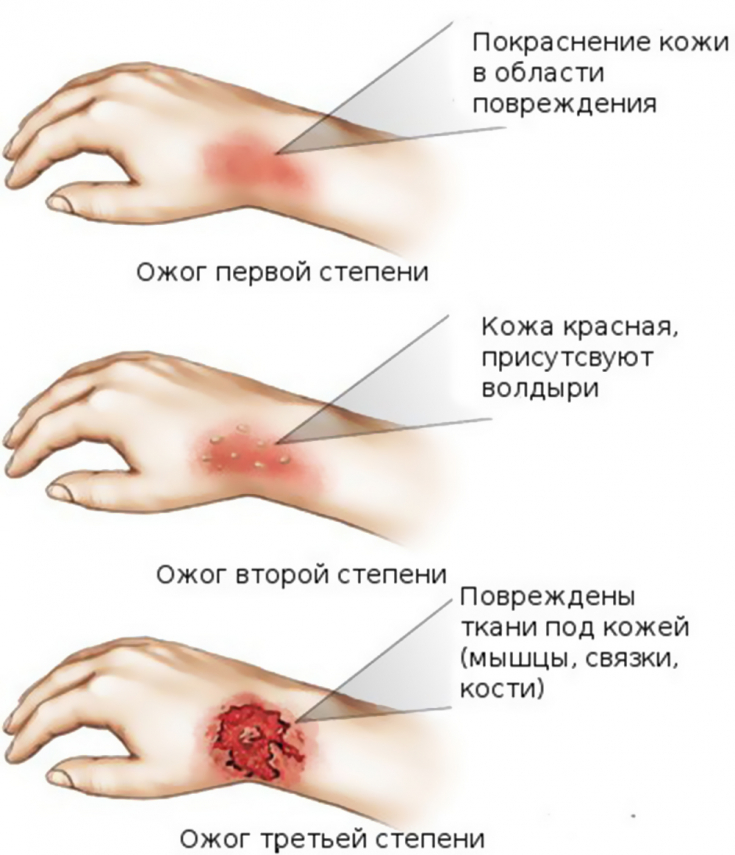Burn wounds cause high levels of morbidity and mortality worldwide. People with burns are especially vulnerable to infections; more than 75% of all deaths from burns (after initial resuscitation) are the result of infection.
Antiseptics are topical agents that prevent the growth of microorganisms. A broad spectrum is used to prevent infection and promote the healing of burn wounds.
In the article estet-portal.com you can get acquainted in detail with the evaluation of the effects and safety of the use of antiseptics in the treatment of burns. The results were published in the Cochrane Clinical Trials Database on July 12, 2017.
Research on the modern arsenal of antiseptics
In September 2016, the authors searched the Cochrane Specialized Registry, Cochrane Central Register of Controlled Trials (CENTRAL), Ovid MEDLINE, Ovid MEDLINE, Ovid Embase and EBSCO CINAHL.
Included randomized controlled trials that examined people with burn wounds and evaluated the use of a topical antiseptic. There were 56 randomized controlled trials with 5807 participants.
Most studies have included people with recent burns described as second degree and less than 40% of total body surface area; most of the participants were adults.
The following antiseptics have been evaluated: silver, honey, aloe vera, iodine, chlorhexidine or polyhexanide (biguanides), sodium hypochlorite, merbromin, ethacridine.
Most studies have compared antiseptic with topical antibiotics, primarily silver sulfadiazine; others have compared the antiseptic with antibiotic treatment or another antiseptic. Most of the evidence was rated as low to very low certainty, often due to imprecision resulting from small numbers of participants, low event rates.
Watch the most interesting videos on our channel in Youtube
Evidence base for the effectiveness of antiseptics in the treatment of burn wounds

Silver sulfadiazine has been shown to be as likely to heal burn wounds as silver antiseptic and topical antibiotic (3 studies; 259 participants).
Silver-based antiseptics may, on average, increase healing over 21 or 28 days of follow-up (5 studies; 408 participants) and may, on average, reduce the average time to recovery (mean difference ∆3.33 days; 10 studies ; 979 participants).
There is moderate-quality evidence suggesting that, on average, burns treated with honey are likely to be more likely to heal over time compared to topical antibiotics (5 studies; 140 participants).
Even deep burns are not terrible with competent surgical tactics
The authors found high-certainty evidence that treating burns with honey, on average, reduced the mean time to healing compared to non-antibacterial treatments (mean difference 5.3 days; 4 studies; 1156 participants).
There is moderate certainty evidence that honey also likely increases the chance of wound healing over time compared to non-traditional antibacterials (2 studies; 154 participants).
There is evidence in separate studies that sodium hypochlorite may, on average, slightly reduce the mean time to healing compared to silver sulfadiazine (average difference -2.10 days, 10 participants (20 burns)).
Merbromin also reduced time to healing compared to zinc sulfadiazine (mean difference -3.48 days, 50 participants).
Slight reduction in mean healing time was found for wounds treated with povidone iodine compared with chlorhexidine.
There is moderate evidence that, on average, burns treated with nanocrystalline silver dressings are likely to have a shorter mean healing time than those treated with vaseline gauze (difference in mean values –3.49 days ; 2 studies, 204 participants).
Low-certainty evidence suggests that there may be little or no difference in healing rates between burns treated with silver xenograft or paraffin gauze (1 study; 32 participants).
There may be fewer deaths in cerium nitrate plus silver sulfadiazine groups compared to SSD alone (2 studies, 214 participants) (low-certainty evidence).
Thus, the use of silver sulfadiazine, antiseprika based on silver, honey, sodium hypochlorite, merbromin, povidone iodine, nanocrystalline silver dressings and cerium nitrate is justified.
Thank you for staying with estet-portal.com. Read other interesting articles in the "Plastic Surgery" section. You may be interested in Even deep burns are not terrible with competent surgical tactics







Add a comment